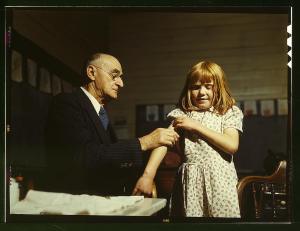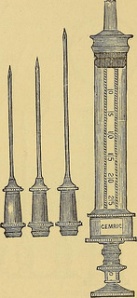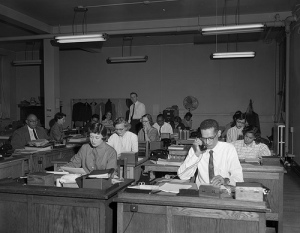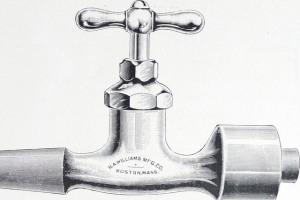The National Centre for Neuroimmunology and Emerging Diseases (NCNED) is a new research centre and clinic based at Griffith University, in south east Queenland, Australia. You can read more about NCNED on their website.
I have made an appointment at the clinic but they only see patients on Fridays so my appointment is still a couple of months away (even though I booked it as soon as they opened in September), so there is obviously a big demand.
They also conduct research and I have filled out a questionnaire (which you can do online anywhere in the world) and donated blood. You can arrange to donate blood in some capital cities in Australia (Brisbane, Sydney, Canberra, Melbourne and Adelaide I believe) and they do home visits for severely affected ME patients in south-east Queensland. They were also looking for blood donations for a healthy control group and one of my friends and my mum have donated blood, so that is another way friends and family can help.
The research team also helpfully email you a copy of the blood test results. Unfortunately the ‘normal range’ they listed for electrolytes was wrong and said my results were 100 times over the normal limit, which worried me and I rushed off to the GP to get it checked and he explained where they’d gone wrong. This knocked my confidence in the researchers at Griffith University a little, plus my GP expressed surprise that they seemed to have looked at a fairly narrow range of results, which had already been covered by my GP.
I did wonder about whether I keep my appointment at the clinic in Queensland, especially as it will take a flight of a few hours plus a drive of a few more to get there.
CliniHelp App
Griffith University also developed the CliniHelp App, which I looked at against some other symptom tracking apps. I haven’t gone back to using it but it shows some thought on the part of NCNED to develop it.
Have you participated in one of these studies or any other medical research for ME or for CFS? Have you made an appointment at the clinic or already had one?




